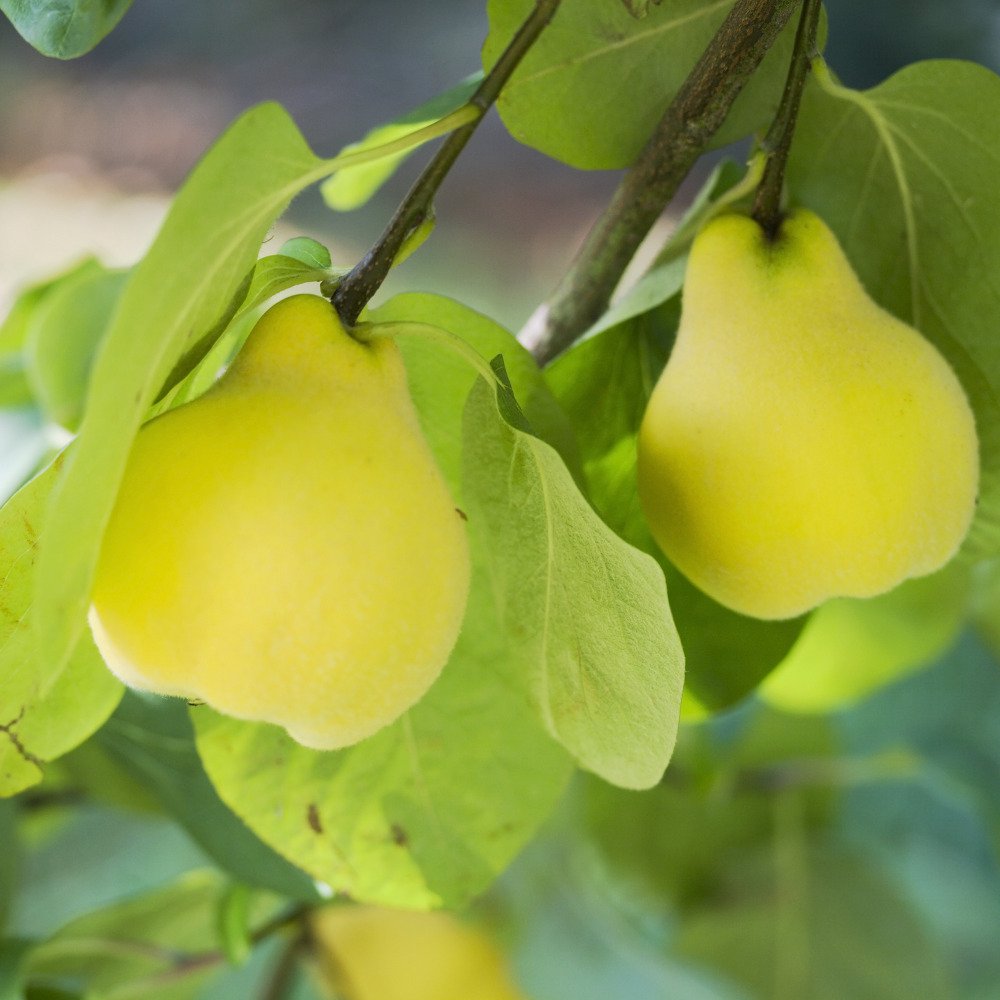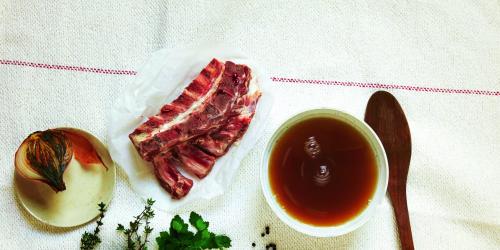The quince: a fruit diet and pleasure
With 57 calories per 100 grams and consisting mainly of water (85%), quince is ideal during a diet. Too tough to be eaten raw, it is often confit to sugar for jams, jelly or fruit paste: it remains a pleasure to agree from time to time for a fun time. In order to eat it without sugar, it is necessary to peel it, to seed it and to plunge it a few minutes in a boiling water to make it tender.
The quince then lends itself to preparations such as crumbles, tajines and other stews. It goes wonderfully with red fruits, apples, pears and strong meats such as lamb or game. Quince helps lower blood cholesterol and blood sugar levels.
Quince excellent for the digestive system
Quince is rich in fiber (almost 2 grams per 100 grams of fruit). They are mainly represented by pectins: the latter is a food fiber in the form of a gel that traps the water particles. Pectin promotes satiety by delaying gastric emptying. It also protects the cells of the gut against microbial infections. It is thanks to the strong presence of potassium (200 milligrams per 100 grams of fruit) that quince develops its ability to promote digestion by stimulating the production of hydrochloric acid.
Quince is full of antioxidants
With the vitamin C it contains, quince is an excellent source of antioxidants: it is the protective agents against free radicals in the diet that promote the development of various diseases such as cancer, coronary heart disease and stroke. skin aging. Unfortunately, quince loses much of its vitamin C with cooking. Luckily, the phenolic compounds contained in the quince are heat-resistant and complement this intake of antioxidants.


